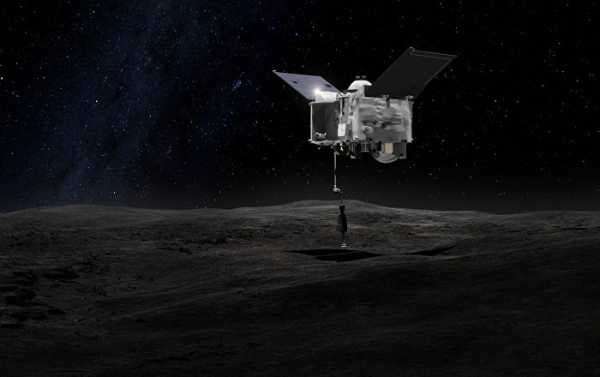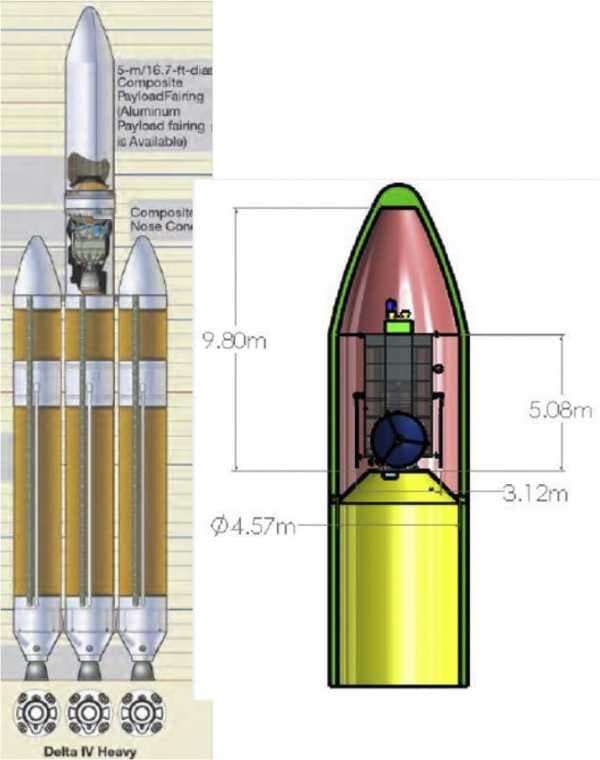
Dangerous space rocks are constantly on the move in our Solar System and our planet can be hit at any time. That is why scientists around the world are developing programs to map these asteroids and prevent them from hitting Earth.
Recently NASA published details of a large nuclear spacecraft called Hammer [Hypervelocity Asteroid Mitigation Mission for Emergency Response] which will be able to destroy an asteroid in case it was on a trajectory toward Earth.
The spacecraft, weighing over eight tons, could also alter the trajectory of a giant space rock.
According to scientists, the danger of asteroids persists, as just last year a giant rock named 2012TC4 passed within 27,000 miles of Antarctica, a distance which astronomers consider quite close.
The proposed spacecraft would be able to steer itself into a smaller asteroid, or detonate a nuclear device to destroy a bigger one.
NASA and the National Nuclear Security Administration studied an asteroid named Bennu which is considered as an NEO, or Near-Earth Object, and found out that if it were to hit Earth, it would release a force equivalent of 1.45 gigatons of TNT.

The HAMMER spacecraft (left) and a Delta-IV rocket (right)
That is “three times more energy than all nuclear weapons detonated throughout history,” according to Dante Lauretta, professor of Planetary Science at the Lunar and Planetary Laboratory at the University of Arizona.
The atomic bombs used in World War II had an energy release of about 20 kilotons of TNT each and the most powerful nuclear weapon ever detonated, the Soviet Tsar Bomba, had a yield of 50 megatons.
Therefore, an asteroid like Bennu could be really bad news for the planet. NASA’s Centre for Near-Earth Object Studies now lists 73 asteroids which have a 1 in 1,600 chance of hitting the Earth.
According to scientists, it could take more than 7 years to build Hammer.
Sourse: sputniknews.com






